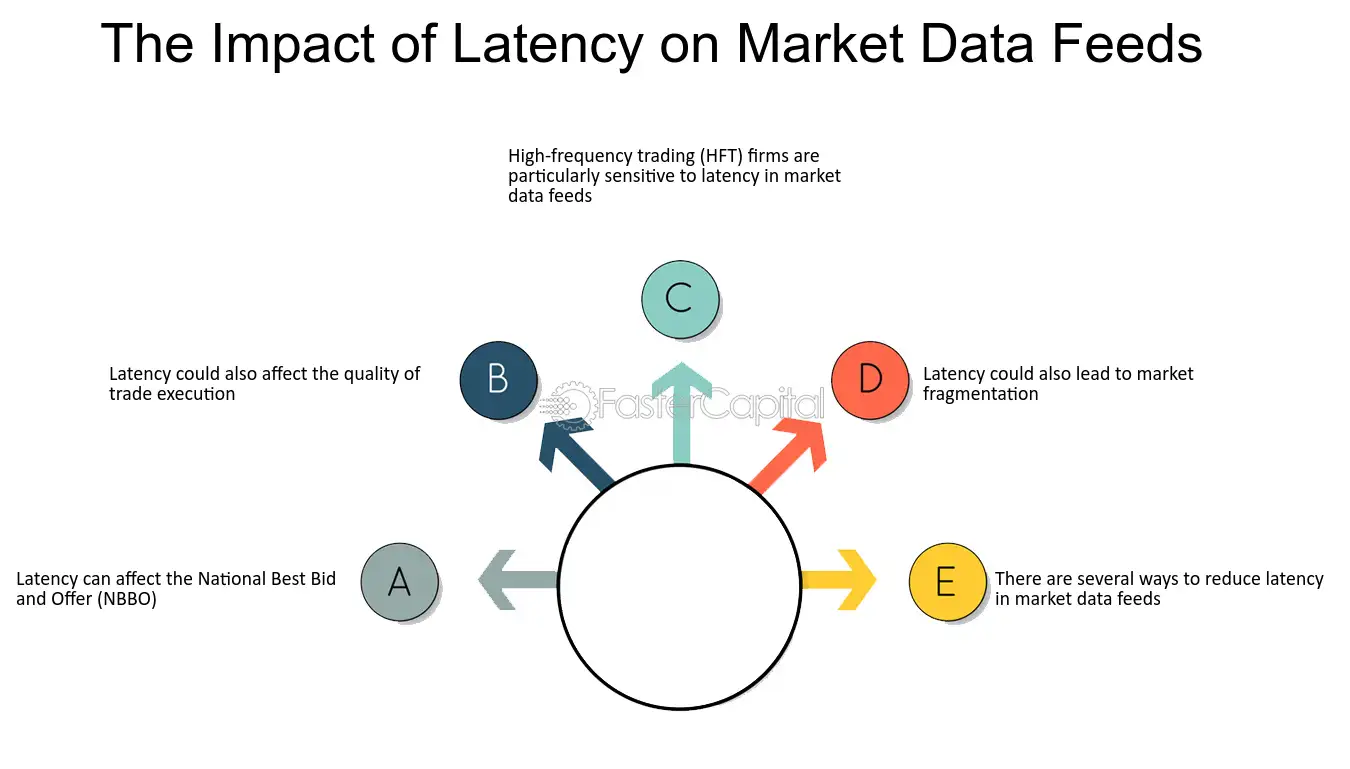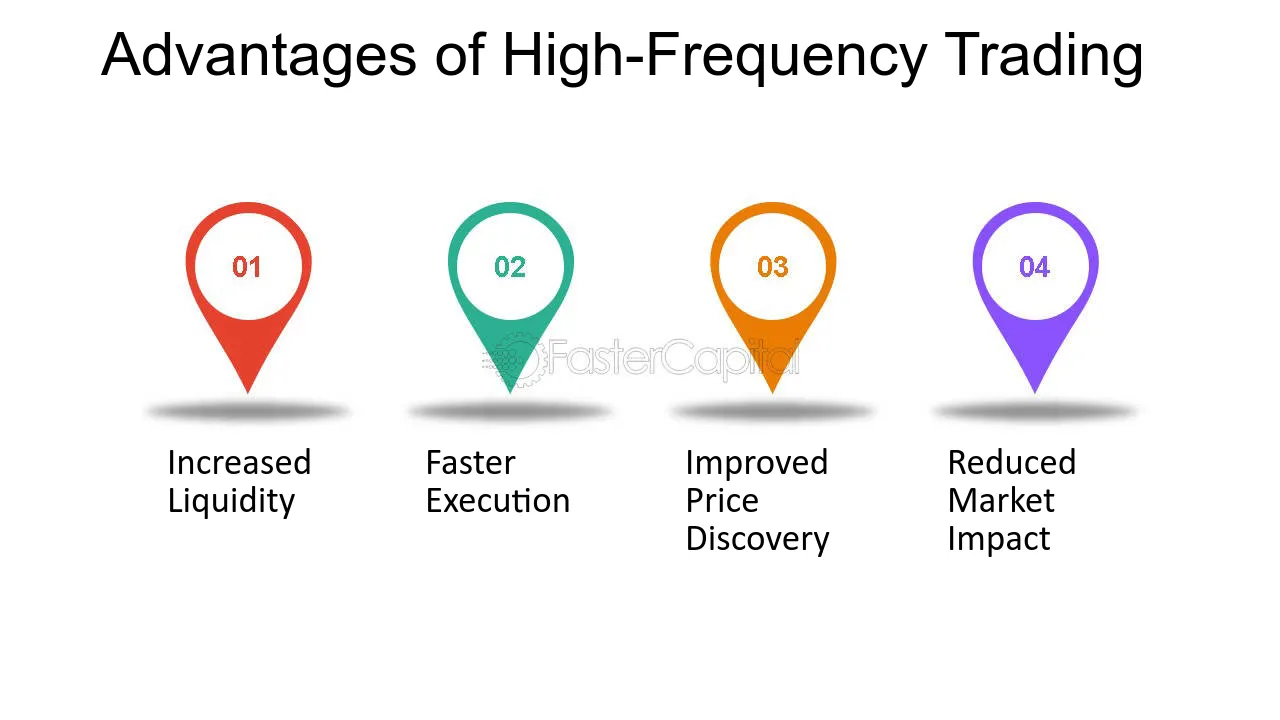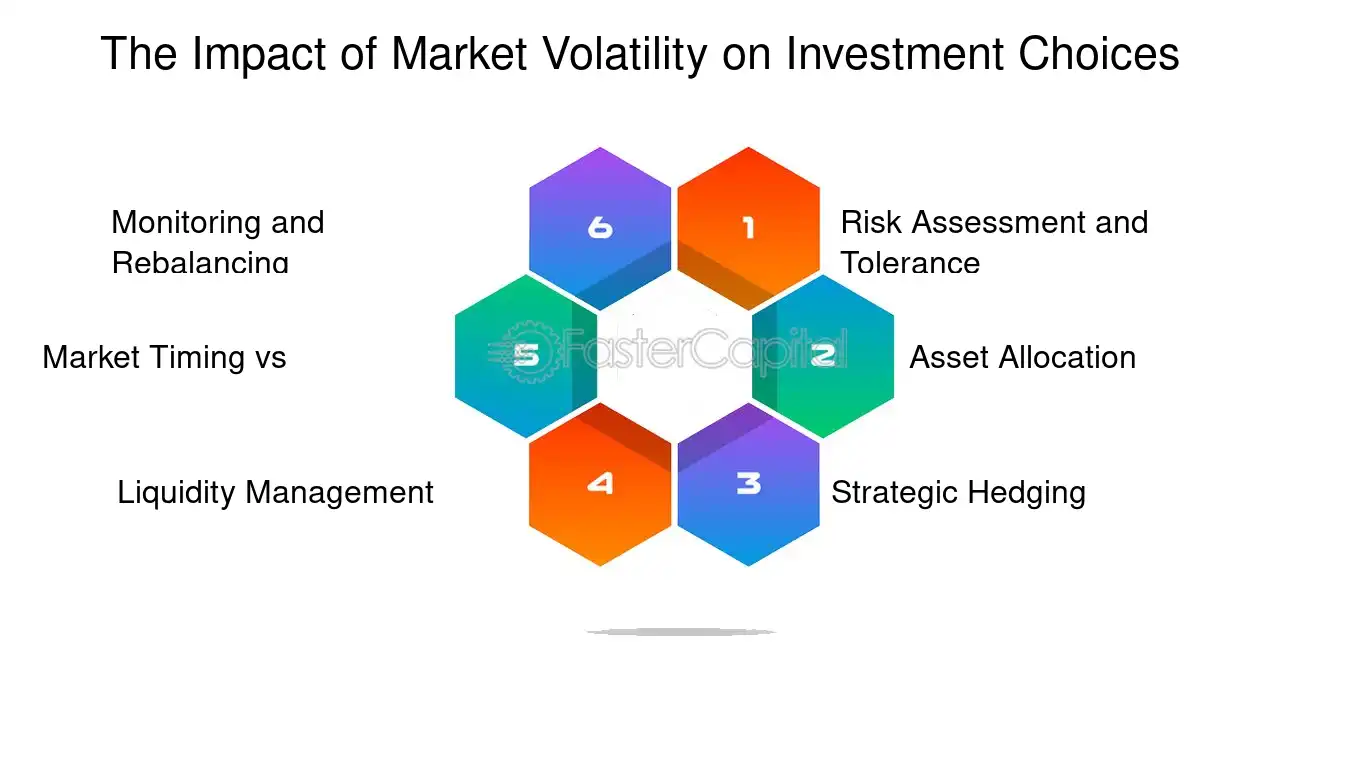Did you know that hedging strategies in high-frequency trading (HFT) can sometimes be as fast-paced as a squirrel on espresso? In this article, we delve into effective hedging strategies specifically tailored for HFT, covering the best approaches such as options and delta hedging. We explore the crucial role of algorithms, real-time data, and machine learning in enhancing hedging effectiveness. Additionally, we discuss common pitfalls to avoid, the impact of latency on execution, and the importance of monitoring risk metrics. Whether you're looking to hedge against market volatility or understand regulatory considerations, this guide by DayTradingBusiness is your go-to resource for mastering high-frequency trading hedging strategies.
What are the best hedging strategies for high-frequency trading?
Effective hedging strategies for high-frequency trading include using delta-neutral positions with options, employing dynamic rebalancing of futures and options, and utilizing statistical arbitrage models like pairs trading. Rapid execution of small, frequent trades to offset risk, along with real-time risk monitoring and automated algorithms, are crucial. Leveraging machine learning to predict short-term price movements for quick adjustments also enhances hedging effectiveness.
How can I use options for hedging in high-frequency trading?
Use rapid options strategies like buying put options to protect against sudden price drops or call options for upward moves. Implement delta hedging by adjusting your options positions frequently to stay neutral and reduce risk. Combine options with algorithmic trading to automate quick adjustments in response to market movements. Use options spreads, like vertical spreads, to limit downside risk while maintaining upside potential. Employ real-time data analysis to spot volatility spikes and deploy options quickly to hedge your high-frequency trades.
What role do algorithms play in hedging high-frequency trades?
Algorithms in high-frequency trading create precise, rapid hedging strategies by instantly analyzing market data and executing trades to offset risk. They detect short-term price movements and adjust positions in milliseconds, minimizing exposure. These algorithms automate the placement of hedging instruments like options or futures, ensuring quick response to market changes. Without advanced algorithms, effective hedging in high-frequency trading would be impossible due to the speed and scale required.
Which risk management tools are most effective for HFT hedging?
Effective risk management tools for HFT hedging include real-time delta hedging algorithms, automated stop-loss orders, and dynamic position adjustment systems. Using advanced analytics and predictive models helps anticipate market moves quickly. Software that supports rapid order execution and low-latency trading infrastructure is essential. Combining these tools minimizes exposure to sudden price swings and market volatility in high-frequency trading.
How does real-time data improve hedging accuracy in HFT?
Real-time data allows HFT algorithms to adjust positions instantly, reducing exposure to market swings. It provides up-to-the-second insights into price movements, enabling precise hedge placements. This quick responsiveness minimizes lag between market changes and hedge execution, boosting accuracy. Using real-time data helps traders detect sudden shifts, avoiding under- or over-hedging. In high-frequency trading, where milliseconds matter, real-time information sharpens hedge effectiveness and reduces risk.
Can statistical arbitrage be used as a hedging method in high-frequency trading?
Statistical arbitrage isn't typically used as a hedging method in high-frequency trading. Instead, traders often rely on direct hedging strategies like cross-asset hedging, pairs trading, or using derivatives such as options and futures to offset risk quickly. These methods provide immediate, precise risk reduction suited for the rapid pace of high-frequency trading.
What are common pitfalls in hedging for high-frequency traders?
Common pitfalls in hedging for high-frequency traders include over-hedging due to latency issues, relying on imperfect models that can't keep up with rapid market moves, and ignoring transaction costs which can erode profits. They also risk model feedback loops, where their hedging actions influence market prices, and fail to adapt quickly to sudden volatility spikes. Poor timing or execution delays can leave positions exposed, and inadequate risk limits may cause large losses during rapid price swings.
How do latency and execution speed impact HFT hedging strategies?

Latency and execution speed are critical in HFT hedging because delays can cause price movements to slip before orders fill, leading to imperfect hedges. Fast execution minimizes the window where market changes can distort the hedge, ensuring positions stay aligned. Reducing latency allows HFT systems to react instantly to market shifts, maintaining hedge accuracy and preventing losses from rapid price swings. In high-frequency trading, even microseconds matter; slower execution increases risk and reduces hedge effectiveness.
What are the advantages of delta hedging in high-frequency trading?

Delta hedging reduces directional risk by quickly adjusting positions as market prices move, maintaining a neutral exposure. It enables high-frequency traders to lock in small profits from rapid price fluctuations while minimizing losses. By constantly rebalancing, delta hedging helps manage the short-term risks inherent in high-frequency trading, improving overall stability and consistency.
How can machine learning enhance hedging effectiveness in HFT?
Machine learning improves hedging in high-frequency trading by analyzing real-time market data to predict short-term price movements, allowing precise, rapid adjustments to hedge positions. It identifies subtle patterns and correlations that traditional models miss, reducing residual risk. Algorithms can dynamically optimize hedge ratios based on evolving market conditions, increasing hedge efficiency. Using reinforcement learning, models adapt strategies over time, minimizing costs and exposure in milliseconds. This leads to more responsive, accurate hedging, protecting HFT firms from sudden price swings.
Learn about How Does Machine Learning Enhance Day Trading?
What is pair trading, and how does it serve as a hedging strategy?
Pair trading involves simultaneously buying one stock while shorting a similar one, betting on their price relationship staying stable. It acts as a hedge because gains in one position offset losses in the other, reducing overall market risk. This strategy capitalizes on relative price movements rather than market direction, making it effective for high-frequency trading by quickly neutralizing exposure to broader market swings.
How do market microstructure factors influence HFT hedging decisions?
Market microstructure factors like bid-ask spreads, order book depth, and transaction costs heavily influence HFT hedging decisions. Narrow spreads and deep order books enable quick, low-cost hedge adjustments, while wide spreads or low liquidity force HFTs to delay or scale back hedging, increasing risk. Fast execution speeds are crucial to react before prices move, so microstructure conditions determine the timing and size of hedges. In volatile markets with high bid-ask spreads, HFTs may rely on more sophisticated, predictive models rather than immediate hedging.
What risk metrics should HFT traders monitor for effective hedging?
HFT traders should monitor risk metrics like Value at Risk (VaR), maximum drawdown, and portfolio beta to gauge exposure. They also track liquidity risk, order flow imbalance, and execution slippage to adjust hedges quickly. Real-time stress tests, delta and gamma sensitivities, and margin utilization help ensure effective hedging during market moves.
How can you hedge against sudden market volatility in HFT?
Use real-time delta hedging with rapid order execution to offset market moves. Implement options strategies like quick spreads or straddles for instant protection. Employ dynamic risk models that adapt to market changes instantly. Use automated trading algorithms to adjust positions instantly as volatility spikes. Keep a diversified, flexible portfolio to reduce exposure to sudden swings.
What are the regulatory considerations for hedging in high-frequency trading?
Regulatory considerations for hedging in high-frequency trading include compliance with rules on market manipulation, fair trading practices, and transparency requirements. Firms must follow regulations from bodies like the SEC or CFTC, ensuring that hedging activities don’t distort markets or manipulate prices. They need robust risk controls, real-time reporting, and adherence to limits on order types and trading speeds. Also, regulations around algorithmic trading require firms to have effective risk management and oversight to prevent unintended market impacts.
How does liquidity impact the choice of hedging strategies?

Liquidity determines how easily you can enter and exit positions without impacting prices. In high-frequency trading, high liquidity allows rapid execution of hedges, reducing slippage and timing risks. Limited liquidity forces traders to choose simpler or more passive hedging strategies, like using highly liquid instruments or derivatives with tight bid-ask spreads. Poor liquidity increases costs and delays, making aggressive or complex hedging less effective.
Conclusion about What are effective hedging strategies for high-frequency trading?
In summary, effective hedging strategies are crucial for successful high-frequency trading. By incorporating options, leveraging algorithms, and utilizing real-time data, traders can significantly enhance their risk management practices. Understanding the nuances of statistical arbitrage, delta hedging, and pair trading can further optimize your approach. However, awareness of common pitfalls, regulatory considerations, and market microstructure factors is essential. For more in-depth insights and tailored guidance on implementing these strategies, turn to DayTradingBusiness.